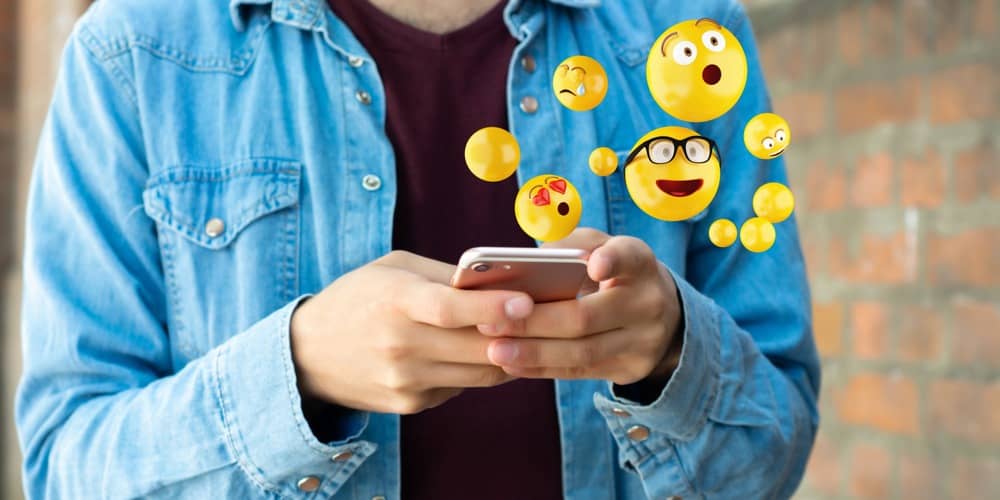
An incredible six billion emoji are sent around the world each day - as we enhance our digital communications with visual icons. The "Face with Tears of Joy" (aka crying with laughter) emoji was nominated by the Oxford English Dictionary as their word of the year in 2015, and there's even a World Emoji Day, according to the Economist, on July 17th.
It's clear that we have a growing love affair with emoji; but should these short-hand graphics be celebrated or feared?
Radio 4's "Word of Mouth" programme recently investigated the origins of the emoji and its impact today as possibly "the first truly global form of communication". Whilst not a language per se - having no recognised and agreed grammatical structures - emoji are becoming increasingly used as signifiers to convey meaning, emotion and emphasis. And because they are visual icons they can be easily understood, across generations and nationalities: a downturned/mournful face naturally symbolises sadness, for instance; a heart notes something you like or love; and clapping hands mean "congratulations" or "well done".
According to Professor of Linguistics Vyv Evans, speaking on the programme, 77% of human social interaction relies on facial expression, gestures and signals to derive meaning. And, it is often difficult to emulate those gesticulations and emphases by using text alone to communicate.
The evolution of the emoji has allowed us to resolve this by offering the user an opportunity to depict emotions or convey personality alongside their written text. Whilst text alone, Professor Evans suggests, can sometimes "suck the empathy out of a message", text with an emoji offers the recipient clues as to how words are to be interpreted.
It seems that there is universal appeal in being able to add more dimension and clarity to messaging; to qualify with simple graphics what might be missing in other digital communications. And, Professor Evans is on hand to quieten those that worry about our languages dying and be "dumbed down" thanks to the emoji. To feel such a threat, he suggests, it is to fundamentally misunderstand the nature of human communication, which thrives on the ability to reflect nuance, wit, and character when speaking to others.
We aren't about to lose our respective native tongues under the tsunami of emoji-speak (hey, it's cool to see Alice in Wonderland as an emoji lattice, but I think the novel is not about to be replaced any time soon!).
However, the universality and simplicity of emoji, more as visual punctuation than linguistic device, mean that we can expect to see icons, such as smiley faces or popping champagne, as regular features in our online interactions for some time to come ;).
Around six billion emoji are sent on a daily basis. There are around two billion smart phones in use worldwide. In the UK, 76% of the population own a smart phone and of that number, over 80% regularly use emoji. Of the six billion emoji that are sent globally every day, around 70% are emotion based – for example, smiley face, love hearts. A smaller proportion of the emoji sent are sad expressions. This should be heartening.
Which nations favour which emojis?
There is a difference between cultural groups and nationalities in terms of how emoji are used:
- Canadians use the poo emoji the most.
- Australians have a higher use of alcohol and vacation-based emoji.
- The French use love hearts four times more than anybody else.
- Arabic speaking countries tend to use more flower emoji.